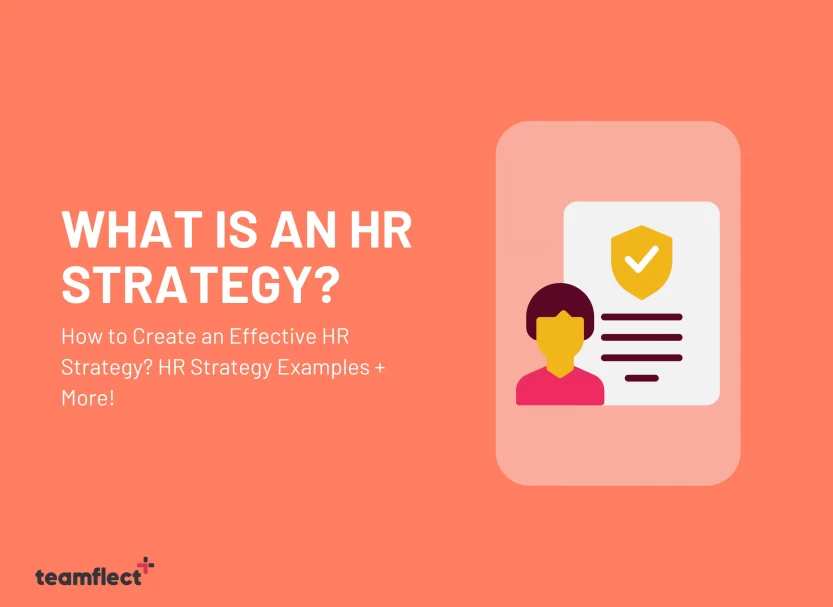We’ve talked about people strategy and creating a strategic plan for your business before in this blog. And if you’re one of the great people who read that article, you should know that people strategy and HR strategy are not the same thing! How? It just isn’t!
Just kidding of course, we’re going to talk about the difference between them in a minute. But before diving into the definition and importance of HRM strategic planning, we have a beatiful and inspiring quote to get us started:
“HR professionals play three roles: storyteller, strategy interpreter, strategic facilitator.”
—Dave Ulrich, cofounder at The RBL Group
As Dave Ulrich states, you have the duty to set and implement the much needed human resources strategy as an HR professional. So if you want to learn how, let’s start!
Table of Contents
Put Your Remote Employees First
We know trying to create the best strategy for your organization can be overwhelming. That’s why you need a tool that will help you along the way.
Teamflect can be your Swiss-army knife while deciding on your next steps of strategizing -just saying!



